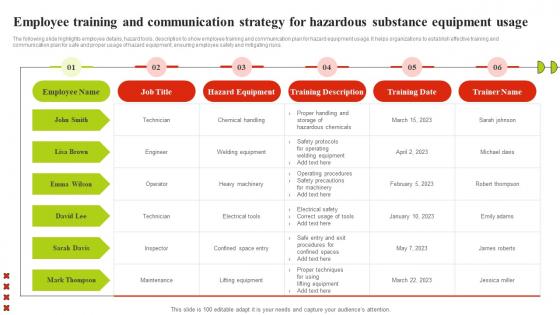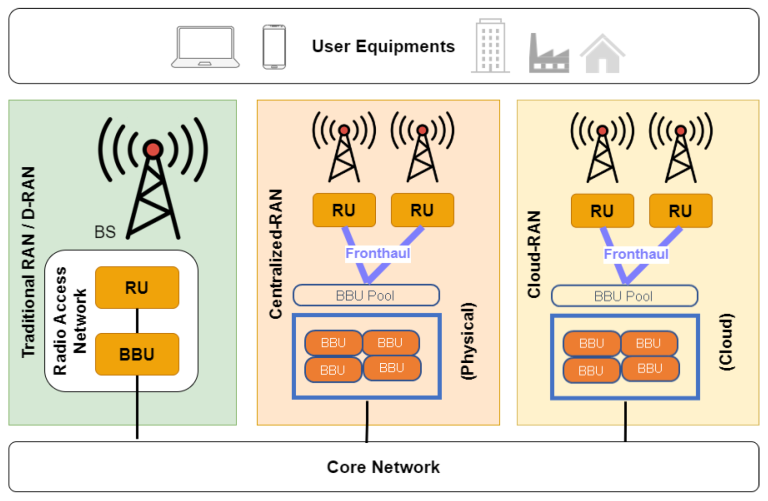Understanding the 5G Network Layers: A Complete Guide
telcomatraining.com – As 5G technology continues to roll out across the globe, understanding its underlying architecture becomes essential for developers, engineers, and tech-savvy consumers alike. The 5G network is not just an upgrade of speed from 4G—it’s a revolutionary change in how mobile networks operate. At the core of this innovation lies a layered structure that defines how data is transmitted, managed, and accessed. In this article, we’ll explore the different 5G network layers and how each one contributes to the system’s performance, reliability, and flexibility.
What Are Network Layers?
In telecommunications, network layers refer to a model that breaks down communication functions into distinct levels. Each layer performs a specific role and interacts with the layers above and below it. This modular structure helps in designing, troubleshooting, and upgrading complex networks like 5G. The most commonly referenced model is the OSI (Open Systems Interconnection) model, which consists of seven layers. However, for practical purposes, the 5G architecture is often grouped into three primary layers: the Service Layer, the Network Function Layer, and the Infrastructure Layer.
1. Service Layer
The Service Layer is the topmost layer in the 5G network model. It provides the interface for end-users and businesses to access 5G services. This includes enhanced mobile broadband (eMBB), ultra-reliable low-latency communication (URLLC), and massive machine-type communication (mMTC).
Key functions of the Service Layer:
- Enables customized services for industries like healthcare, manufacturing, and autonomous vehicles.
- Supports network slicing, which allows the creation of virtual networks tailored to specific use cases.
- Ensures quality of service (QoS) and compliance with service-level agreements (SLAs).
With the Service Layer, telecom providers can deliver highly differentiated services on the same physical infrastructure.
2. Network Function Layer
The Network Function Layer (also known as the control layer) manages the intelligent functions of the network. It consists of virtualized network functions (VNFs) and network function virtualization infrastructure (NFVI). This layer is crucial for automating network behavior and managing traffic efficiently.
Functions of the Network Function Layer:
- Controls routing, mobility, and session management.
- Handles authentication, security, and policy enforcement.
- Provides network slicing orchestration and resource allocation.
Thanks to Software-Defined Networking (SDN) and Network Function Virtualization (NFV), the 5G core network becomes highly flexible and scalable.
3. Infrastructure Layer
At the foundation of the 5G stack lies the Infrastructure Layer, which consists of the physical and virtual hardware used to support the network. This includes base stations, antennas, servers, and data centers.
Core components of the Infrastructure Layer:
- Radio Access Network (RAN), including massive MIMO and small cells.
- Edge computing nodes, enabling ultra-low latency.
- Cloud-native infrastructure, supporting dynamic resource scaling.
This layer ensures that the 5G network delivers on its promise of high bandwidth, ultra-low latency, and massive connectivity.
Additional Layers in the 5G Ecosystem
While the three main layers provide a simplified view, some models expand the architecture to include:
- Transport Layer: Handles data transmission between nodes.
- Application Layer: Hosts services and applications using the network.
- Security Layer: Protects the network from threats and ensures data privacy.
Why Understanding 5G Network Layers Matters
Understanding the 5G network layers is essential for:
- Telecom professionals, who need to design and deploy networks.
- Enterprises, looking to leverage 5G for digital transformation.
- Consumers, to grasp how innovations like smart cities and connected cars become possible.
By understanding how each layer contributes to the network’s operation, stakeholders can make informed decisions, improve performance, and innovate with confidence.
Conclusion
The 5G network is much more than a speed boost—it’s a complex ecosystem structured in multiple layers, each with a unique role in ensuring fast, reliable, and scalable communication. From delivering immersive AR experiences to enabling autonomous vehicles, the 5G layered architecture is a critical enabler of future technology. By mastering these layers, businesses and individuals alike can harness the full power of 5G.







